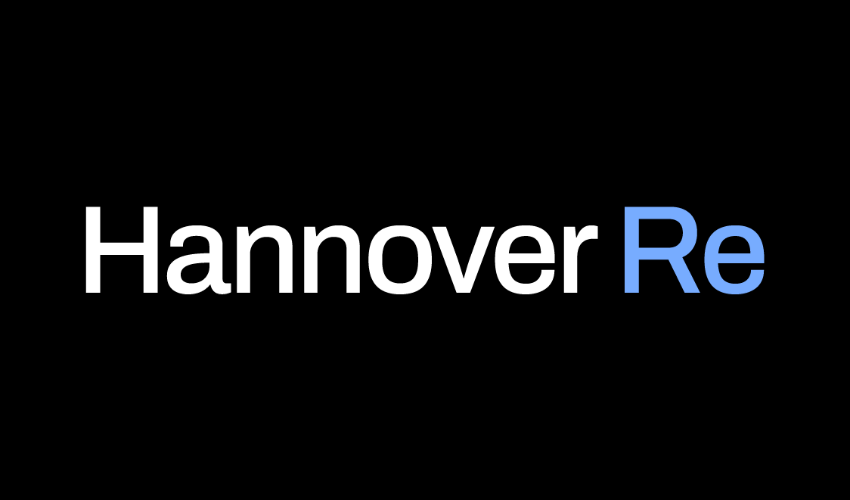Product positioning is the plan and process by which a company brings its product or service to its intended audience.
It can be helpful to think of positioning as the glue that makes your offering stick with customers. You’ll communicate your company’s story to the market through your pricing, packaging, differentiators and branding.
When positioning a product, you should answer three major questions:
- What problem does our product solve?
- Who should buy our product to solve that problem?
- What differentiates our product from alternatives?
If you’ve ever watched a TV commercial, you’ve seen product positioning in action. Mercedes-Benz positions its cars differently from Honda. JP Morgan Chase and Bank of America tell different stories to different audiences.
Product positioning is a core element of achieving product market fit – along with building a minimum viable product (MVP) and targeting a minimum viable audience (MVA). Positioning a product inadequately can result in missed sales opportunities and wasted development time spent on the wrong features.
You won’t nail your product positioning overnight; it’s an iterative process that involves adjusting to customer feedback.
Table of Contents
Benefits of Product Positioning
The benefits of product positioning include:
- easier marketing and sales;
- increased product demand;
- reduced customer churn; and
- higher revenue.
Precise product positioning is a beautiful thing. The product will be usable and contain the right features for your customers at a reasonable price. Your marketing and sales efforts will be reaching a receptive audience.
Demand for your product will increase. Sales cycles will feel easy, and customers might even seek you out, as opposed to the other way around. Once those customers are onboard, they’ll be less likely to churn because they understood what they were getting into.
All of that is a fancy way to say: Excellent product positioning means more revenue for your startup and more opportunities to scale.
Positioning a Product Successfully
To reap the benefits of product positioning, follow these four steps:
- Focus on product enhancements.
- Scale your go-to-market efforts.
- Separate desirability and usability feedback.
- Keep calm and iterate.
1. Focus on Product Enhancements.
You know the phrase, “Don’t put the cart before the horse.”? That’s the essence of this first step.
In the early stages — as you build your MVP — it’s important to prioritize product enhancements over go-to-market (GTM) enhancements. Before you hire a massive sales team and spend $1 million on LinkedIn ads, you’ll want to make sure your product is usable and effective. You’ll get this validation by listening to early customers and adapting to their needs.
An MVP isn’t a finished product — and you should never entirely ignore marketing and sales. In simple terms, make sure the engine is running before you go pedal-to-the-metal with your GTM strategy.
2. Scale Your Go-to-Market Efforts.
Once you’ve proven that your product meets the needs of a specific customer base, it’s time to amplify your company story. Here’s where you develop a marketing strategy, hire salespeople and, when you’re ready, spend on advertising.
Your marketing collateral, case studies and salespeople will all communicate the product positioning you’ve established.
Don’t go from 0 to 100 too quickly, either. Think of this as continuing to turn up the dial as you gain more validation. For instance, once you validate that an inside sales model can find customers, try a partner channel or add additional advertising on the same target customer profile.
3. Separate Desirability and Usability Feedback
Customer feedback typically comes in two forms: desirability and usability. Desirability includes features and integrations: things customers would like to see. Usability refers to user experience and product quality: things that customers need to use your product.
Prioritize desirability feedback until you find a market segment where your product is resonating. Once you’ve found that target market, prioritize the features that have already achieved product market fit. Rather than building out 10 pretty good features, focus on three excellent features with elite usability.
4. Keep Calm and Iterate
Very few startups find their product positioning in one try. You’ll constantly be making small tweaks to the way you communicate your story to the market. Trusted customers will give you feedback, and prospects will share their wish lists of features and integrations.
Don’t pivot based on one or two pieces of feedback. Gather a high volume of information from different sources before you make major changes. Constantly adapt, but do so confidently.







































